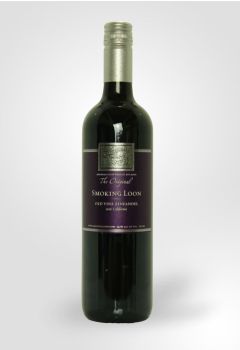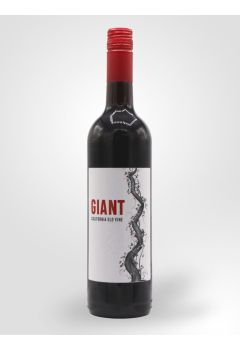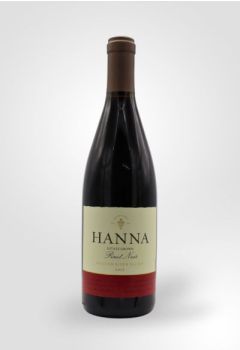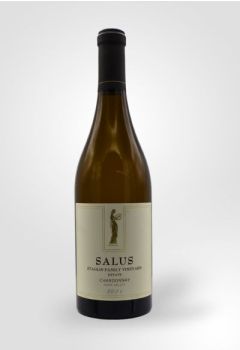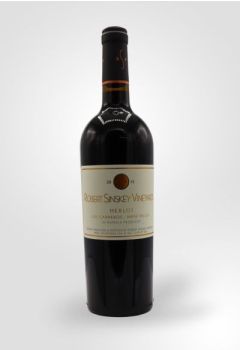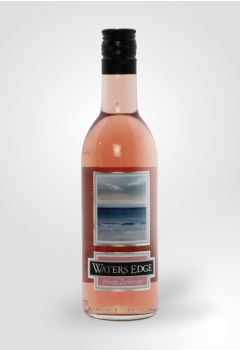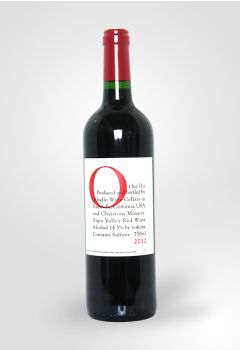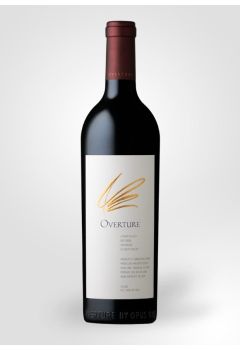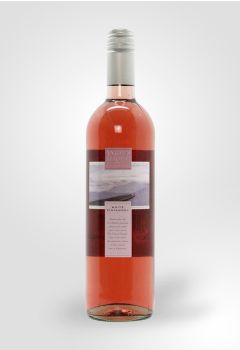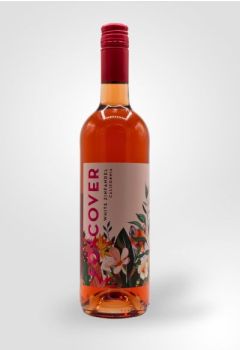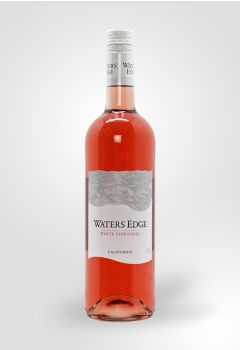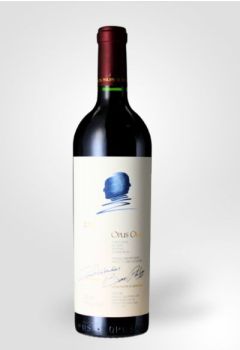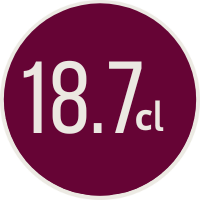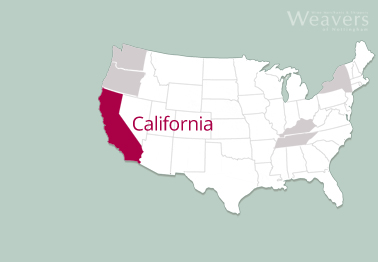
-
- Origin
- USA
- California
This medium-bodied wine offers flavors of juicy blackberry cobbler, dark plum, with a lengthy finish of coconut and vanilla. Read More- Origin
- USA
- California
This medium-bodied wine offers flavors of juicy blackberry cobbler, dark plum, with a lengthy finish of coconut and vanilla. Read More -
- Origin
- USA
- California
Brilliant garnet in the glass with aromas of baked cherry, hazelnut, sassafras and pennyroyal. It offers flavors of white raspberry, a turn of spring ... Read More- Origin
- USA
- California
Brilliant garnet in the glass with aromas of baked cherry, hazelnut, sassafras and pennyroyal. It offers flavors of white raspberry, a turn of spring ... Read More -
- Origin
- USA
- California
- Napa Valley
This straw-coloured wine opens with a bright nose of citrus zest, young pineapple, waxy tropical flowers and freshly whipped cream with notes of almo... Read More- Origin
- USA
- California
- Napa Valley
This straw-coloured wine opens with a bright nose of citrus zest, young pineapple, waxy tropical flowers and freshly whipped cream with notes of almo... Read More -
- Origin
- USA
- California
- Napa Valley
Brroding and intense, it has a deep, rich ruby crimson colour in the glass. Aromas of red berry, black cherry and plum are followed by notes of bay le... Read More- Origin
- USA
- California
- Napa Valley
Brroding and intense, it has a deep, rich ruby crimson colour in the glass. Aromas of red berry, black cherry and plum are followed by notes of bay le... Read More -
- Origin
- USA
- California
Intense yet precise aromas of red fruit (raspberry and blackcurrant) complemented by notes of black pepper and laurel. The wine is supple and rich wit... Read More- Origin
- USA
- California
Intense yet precise aromas of red fruit (raspberry and blackcurrant) complemented by notes of black pepper and laurel. The wine is supple and rich wit... Read More -
- Origin
- USA
- California
- Napa Valley
Overture displays a vibrant garnet color with expressive aromas of fresh red fruits. Notes of bright cherry and red currant are underpinned by more ea... Read More- Origin
- USA
- California
- Napa Valley
Overture displays a vibrant garnet color with expressive aromas of fresh red fruits. Notes of bright cherry and red currant are underpinned by more ea... Read More -
- Origin
- USA
- California
A delicious medium pink wine with hints of fresh strawberries and summer fruits. Candied fruit flavour is the key to its approachability and populari... Read More- Origin
- USA
- California
A delicious medium pink wine with hints of fresh strawberries and summer fruits. Candied fruit flavour is the key to its approachability and populari... Read More -
- Origin
- USA ~ California
The epitome of sophistication and elegance in a wine. This gorgeous red from the Napa Valley is bursting with floral notes of violet, lavender and ros... Read More- Origin
- USA ~ California
The epitome of sophistication and elegance in a wine. This gorgeous red from the Napa Valley is bursting with floral notes of violet, lavender and ros... Read More
For the innovations and ideas that emerged from California at that time, in places like the Napa Valley, made the Old World realise just how far it was lagging behind and enabled the rest of the New World to see how it should be done. Yet this was not just a short, sharp shock for everyone else, but the laying of foundations for a Californian fine wine industry that has continued to grow and dazzle to this day. The coastal zones, including the Napa Valley, Sonoma County, Monterey County and Mendocino, are responsible for the production of quality wines, while the Central Valley grows huge amounts of grapes that are largely destined for blending in everyday wines. California produces about 90% of the United States' wine and yields three times as much as the whole of Bordeaux.
Styles of Wine
The style of labelling is historically as important as that of the wine in California. This vast region was certainly not responsible for initiating the production of wines from a single grape variety, but it did start the trend for stating them on the bottle. These so-called varietal wines were more understandable to the consumer than Old World appellations and have proved to be a stroke of marketing genius. They make the nature of the wine more apparent, and California has every style going. Red, white, rosé, sparkling and fortified wines are all to be found and are produced from a very wide range of European grapes. In addition to single varietals, which must be made up of 75% of the stated grape, a great deal of blending goes on in California. This can lead to remarkable results, such as the famous Opus One, a blend of classic Bordeaux grapes.
Key Vines
Zinfandel is the flagship grape of California. It has recently been identified as the same as the Primitivo of Southern Italy, but it arrived in California in the 1850s and has achieved its greatest expression here. It is used to make a range of red and rosé wines.
Climate and Conditions
Extremely varied would best sum these up, but a few key factors are worth pointing out. Some of the coastal zones, where the best wine is generally produced, benefit enormously from sea breezes and daytime fogs that keep the vines cool and allow for a longer, more succulent ripening of the fruit. They also have more rainfall than the Central Valley, where the soil is fertile but the heat rather harsh for the production of quality wine.

